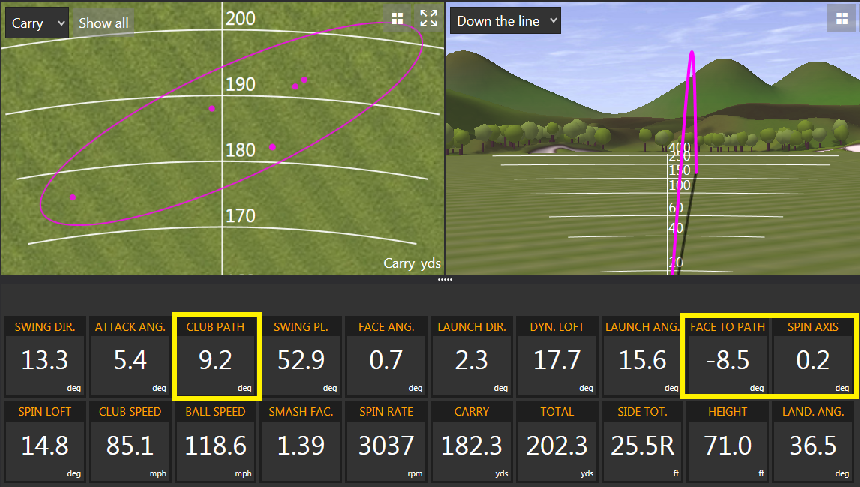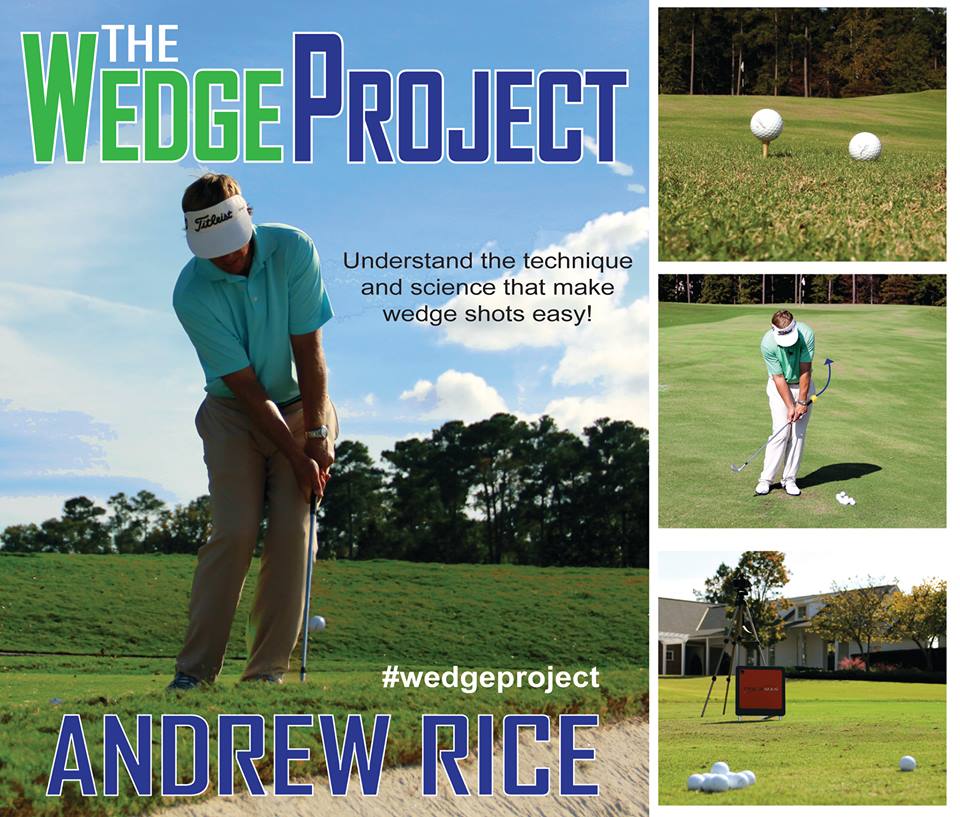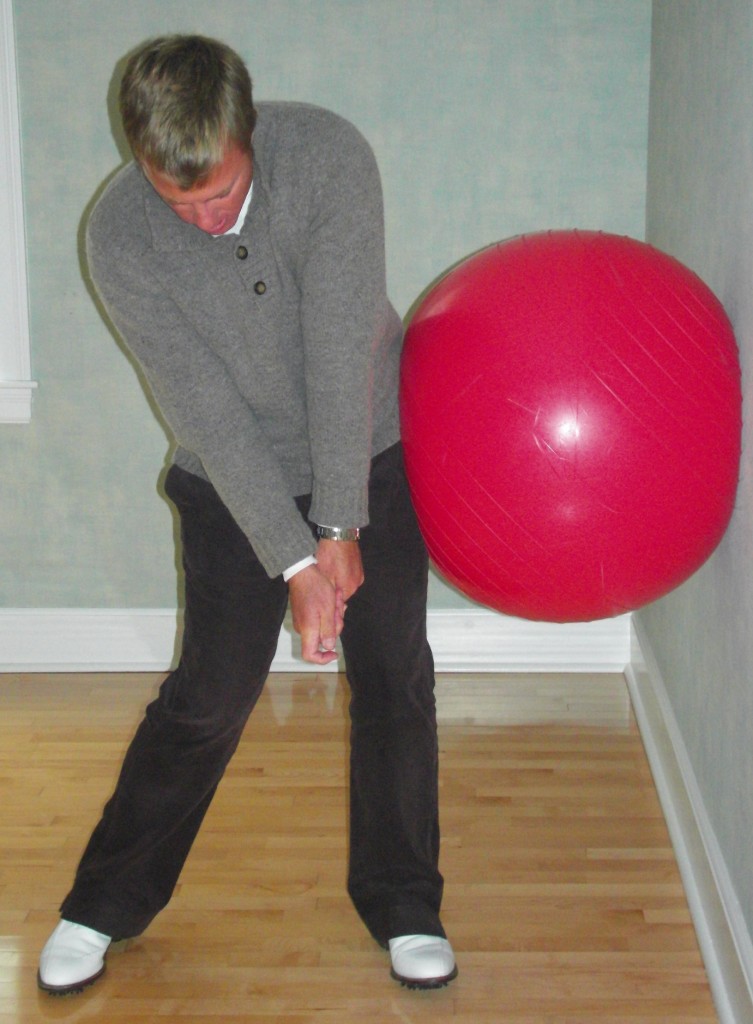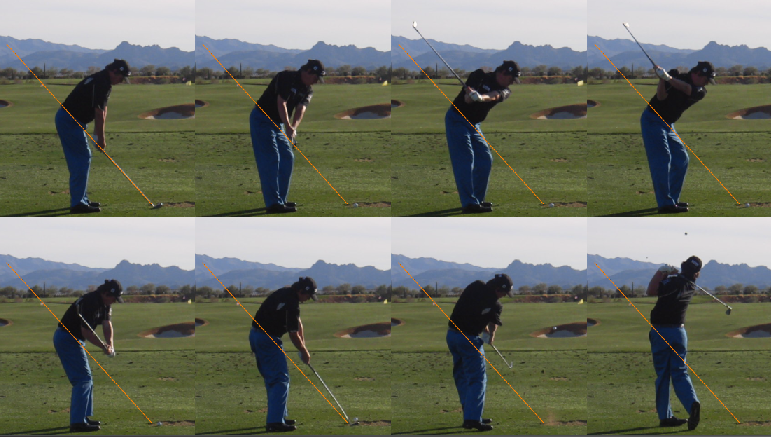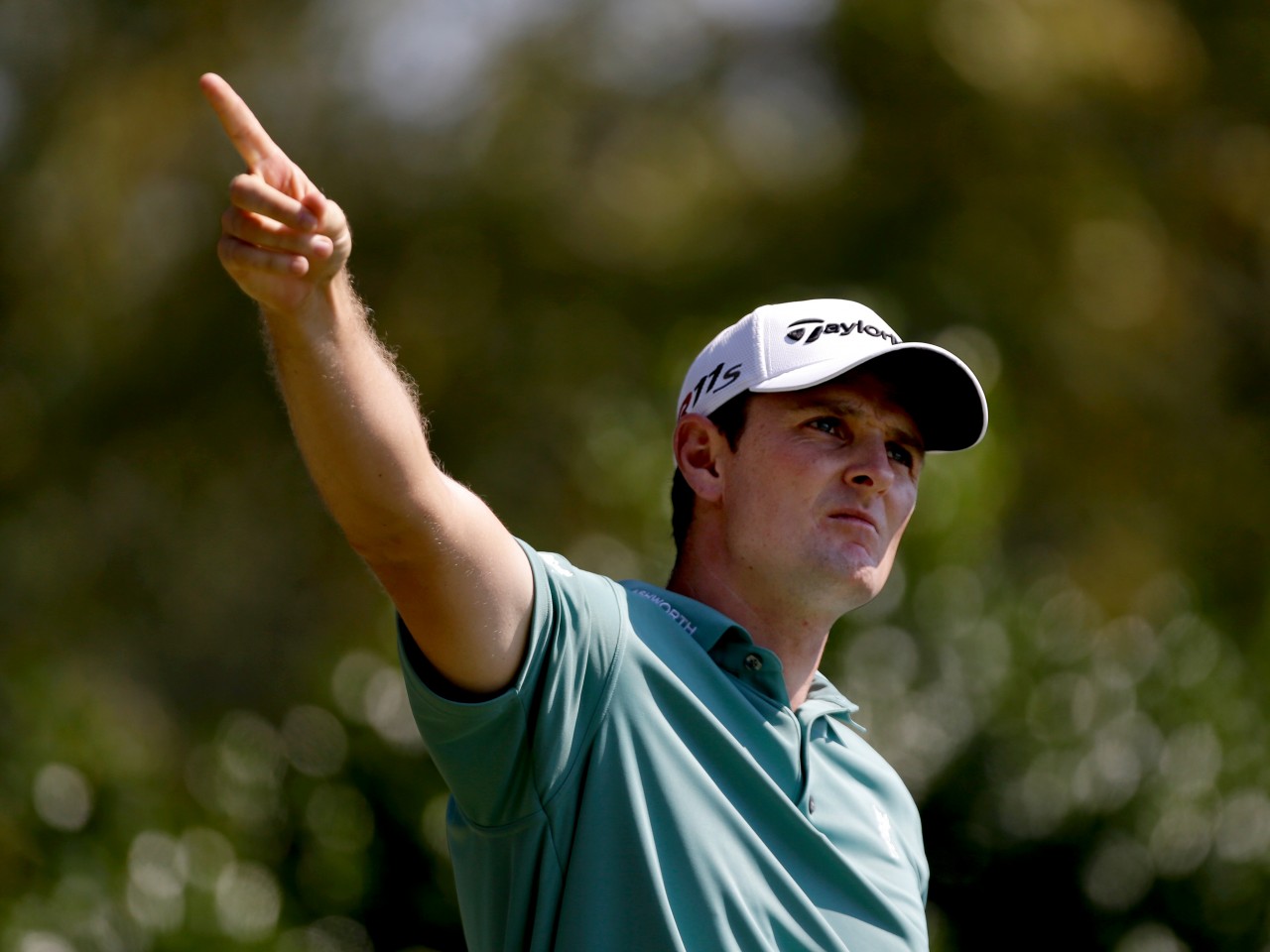My 3 Keys to Great Wedge Play
/If you dread any form of pitch or chip shot then this article is expressly for you. If you feel like you could save a few more strokes around the greens then this article is for you. Utilizing better technique will literally make these shots easier. Here are a few straightforward improvements that will get the job done. Watch...
Key #1: Set Up
- Feet should be close together. The most common mistake I see is a stance that's too wide.
- Alignment should be square. Yes, square.
- Ball position is centered to slightly forward.
- Weight distribution is slightly favoring the front foot.
The Proper Set Up...
Key #2: Wrist Action
- Wrists should be relatively quiet in the backswing.
- Avoid excessive cupping in the lead wrist. The left wrist for you righties out there.
Key #3: Body Pivot
- Keep the chest rotating through the strike in order to shallow the attack angle.
- Extend the lead side through impact.
- Avoid thoughts of "stay down", "hit down" or "pinch the ball".
As you work towards better technique be aware that your results are not going to transition from bad to good instantaneously. Taking ownership of the upgrades will take time and patience. Get the set up correct, use the wrists properly and shallow the angle of attack with good chest rotation. Now we're talking!
If you'd like to learn more about improving your wedge play check out the Wedge Project.













